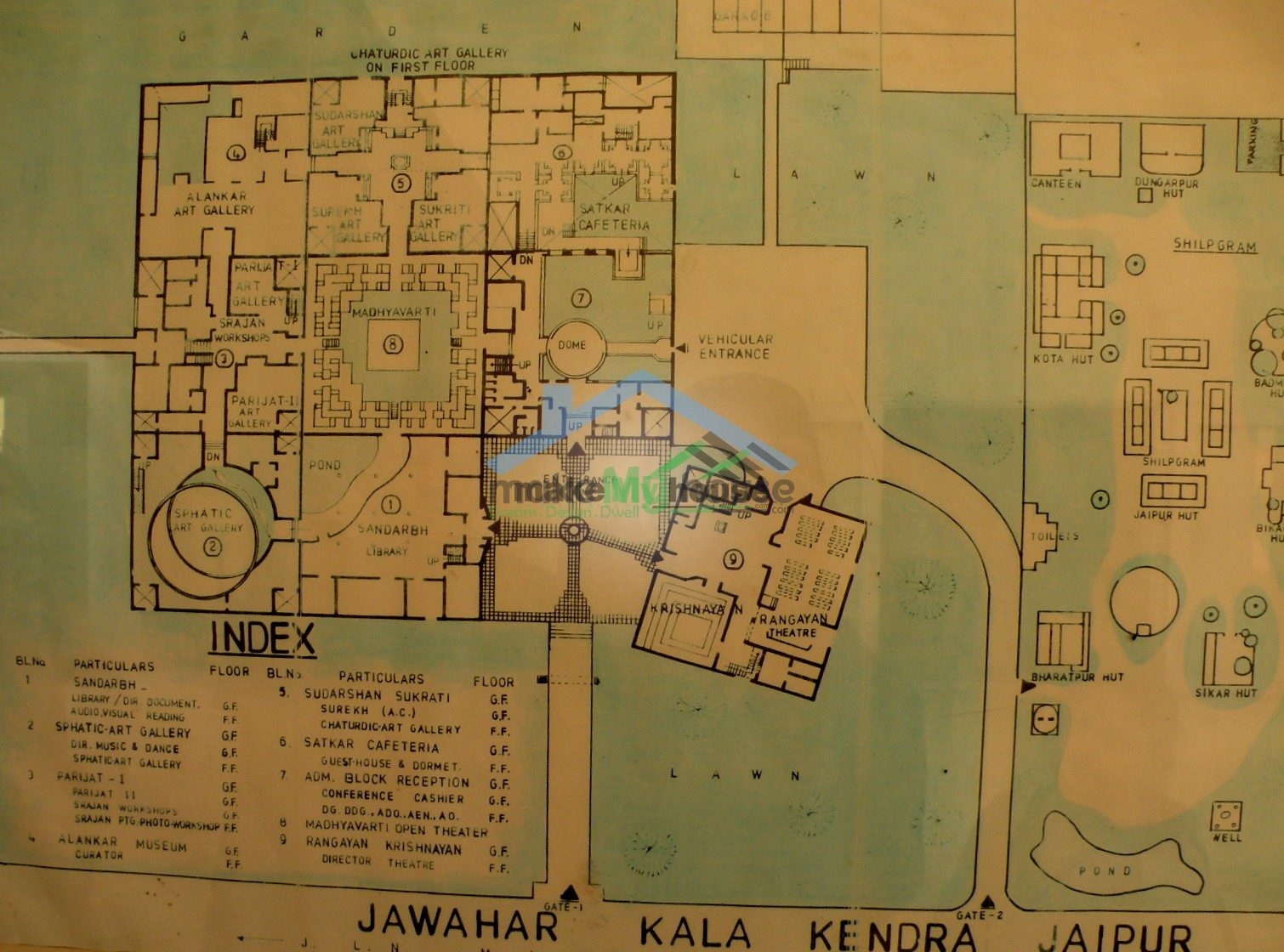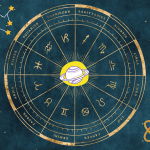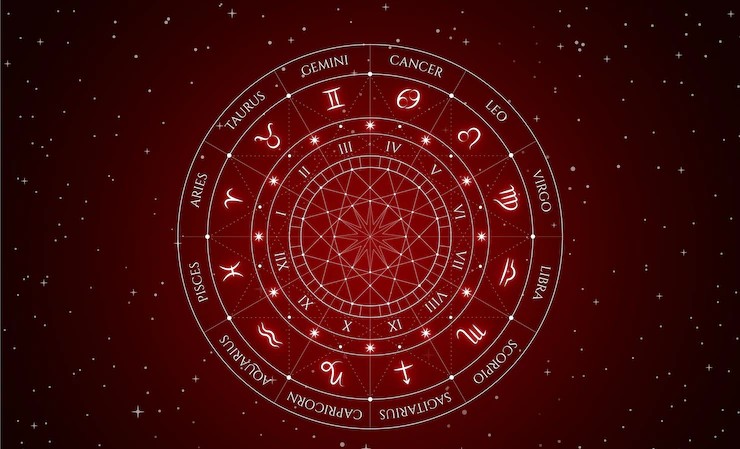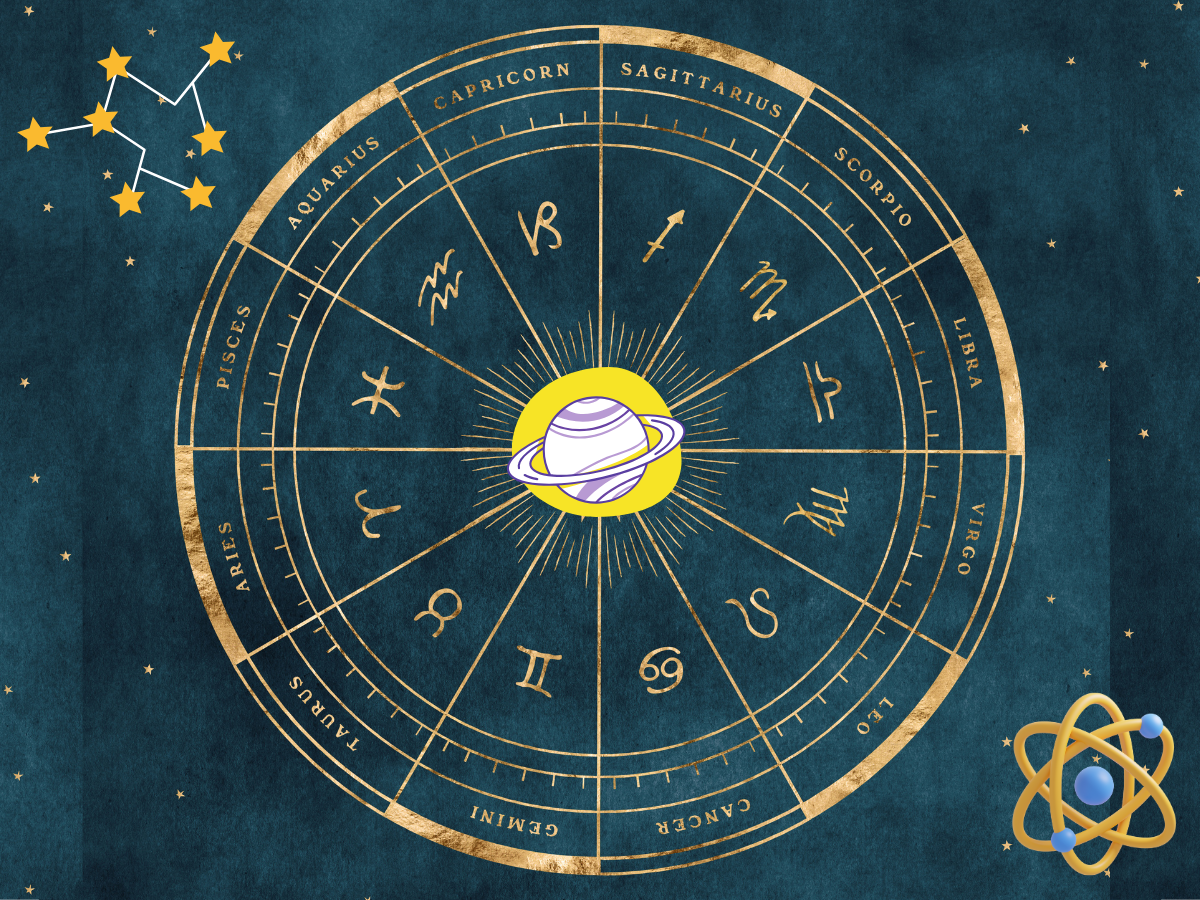Vastu Shastra is the ancient Indian science of space planning. It has been devised from various scriptures found all over India and it describes principles of design, measurements, layouts, spatial geometry, and space arrangement. Vastu aims to create a positive and conducive environment by aligning the building with the natural elements and cosmic forces. It defines ways to integrate nature into architecture.

Vastu in the modern era
In the modern era though there are many changes in the way we live. Space constraints become a major factor governing ‘how Spaces are designed’. Thus knowing about facts and myths connected to Vastu becomes essential in order to apply it effectively.
For example, North East is considered the most auspicious direction for entrance to a home. But it’s not just by changing an entrance’s location that one can guarantee auspiciousness. One needs to understand that Vastu is a play of energies in that a built space caries, and these energies can be balanced through various factors. These are based on climatology, anthropometry, and psychology and not just a whimsy statement by a Vastu expert.

Another belief is that if one has empty spaces like a basement under one’s property then it attracts bad luck. One needs to understand that the Vastu came in various versions depending on the climatic condition it caters to. For instance, one can not apply what is apt for a house in South India to a house in Kashmir. In today’s scenario, we have the technology to create stilts and maximize the use of space by making underground parking and basements, which cannot be avoided.
A lot of facts in Vastu are governed by logic and science of health, sanitation, and response to climate. However, we should not blindly follow them. Instead do an assessment with our own logic and understanding that all type of science needs to be updated with time.












One thought on “Vastu Shastra: Facts and Myths”